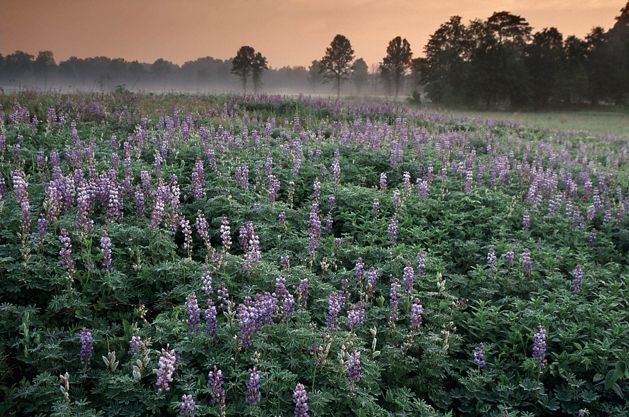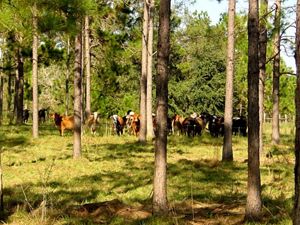The Nature Conservancy is working toward a more sustainable and equitable food system for all.
Food and agriculture are Ohio’s top industries, employing one out every seven people and with a footprint that covers more than half the state. The lands that Ohio farmers steward today support a diversity of fruits, vegetables, grains and livestock, with more than 200 types of crops grown or raised in the state. From the earliest Indigenous peoples who domesticated plants like squash and sunflower and developed farming methods still used today, our connection to food—including how and where it is produced—has shaped Ohio’s culture and identity.
Yet, the agricultural sector is at a crossroads. The climate is changing, affecting the length of farming seasons, reducing global food harvests and disrupting supply chains. At the same time, conventional farming practices have led to steep greenhouse gas emissions, impacts to natural areas and the biodiversity they support. But with the global population expected to reach 10 billion by 2050, there is increased pressure on working lands to do even more.
The good news? A more equitable and sustainable food system is in reach.
Here in Ohio, The Nature Conservancy (TNC) is working with farmers who produce much of the country's food, fuel and fiber in ways that achieve positive results for nature, communities and the climate. And what's more: they're showing how farming can remain profitable and viable for generations to come. Learn more about regenerative farming strategies and benefits using the tabs below.
What is Regenerative Farming?
Regenerative food production is one of the most powerful solutions the world has to reverse the interconnected crises of climate change and species loss.
Snapshot of Ohio Agriculture
-
77,000
Number of farms in Ohio
-
90%
Percentage of Ohio farms managed by families or individuals
-
$124B
Agriculture's contribution to Ohio's economy
-
13.9M
Number of acres of farmland in Ohio
Regenerating Soil on Farms
TNC supports farmers shifting to management systems that work in harmony with nature to restore and protect the soil’s long-term health. Regenerative farm systems use cover crops and diverse crop rotations to cover bare soils and provide a living root in the soil for all or much of the year. They also utilize the 4Rs of nutrient stewardship and rotational grazing to manage fertilizer and manure and reduce or eliminate tilling the soil. The benefits of these practices include increased profits through sustained or better yields with fewer inputs, enhancing the soil’s ability to store water, nutrients and carbon and improving the farm’s overall resilience to climate change.
Farmers For Soil Health Program Helps Bolster Cover Crop Adoption
TNC Ohio is teaming up with partners, including Ohio Soybean Council, Ohio Corn, Wheat Growers Association and Ohio Agribusiness Association, to provide technical assistance to help Ohio corn and soybean producers access funding to grow 65,000 acres of cover crops by 2027.

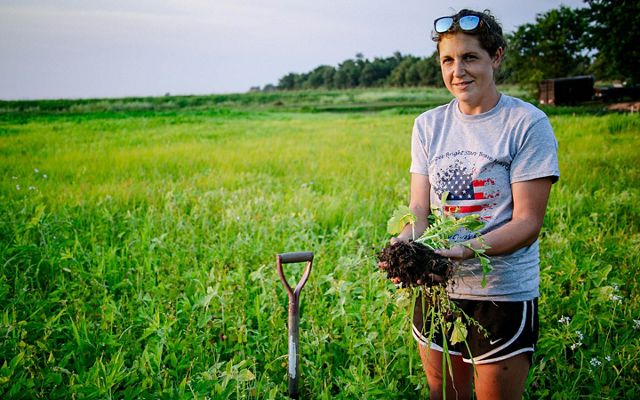
Achieving this shift across a large landscape means many farmers and their trusted advisors must rethink their farming operations. Making such changes requires patience, trust and resources, which is why TNC is helping farmers and their advisors adopt these practices in Ohio and beyond.
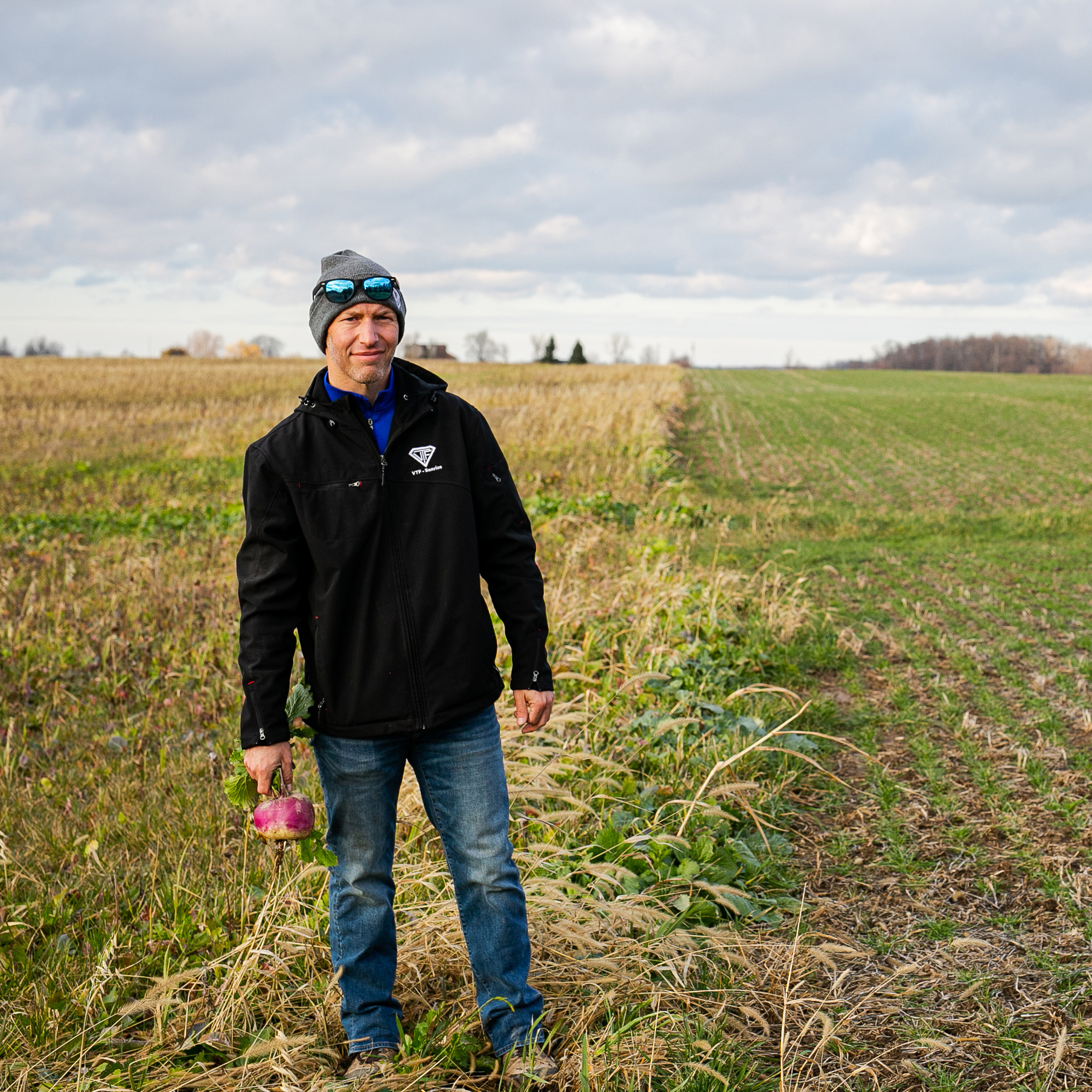
Farmers Lead Change by Learning from One Another
In 2020, TNC and a farmer-led advisory team developed and launched an innovative, peer learning network called Farmer Advocates for Conservation to create a space where farmers could learn from one another. Together, we created a 36-hour curriculum focused on elevating soil health and paid farmers to offer support to their peers to do the same.
To date, Farmer Advocates manage 21,400 acres and have connected with thousands of other farmers through outreach. They provide what farmers have asked for: the opportunity to learn from each other in ways that fit their schedules and learning styles.
Our goal is to help as many farmers as possible experience the benefits of switching to a system that prioritizes soil health and sustainability, and connect them to the resources they need, including other farmers, to begin their own journeys in regenerative agriculture.
Impact of Farmer Advocates Program in Ohio
-
20
Number of Farmer Advocates for Conservation
-
7,243
Farmers reached through programming
-
657,642
Number of acres influenced through outreach
-
808,071
Indirect contacts through articles, social media and videos
Managing Water on Farms
Nutrients are an essential part of crop production. But after a heavy rain, nutrients that should stay on the farm can be washed away downstream, leading to harmful algal blooms that are toxic to people and wildlife.
Edge-of-Field Practices
Incorporating the benefits of nature adjacent to farms is important. Edge-of-field solutions mimic natural areas and structures that capture, store and filter water and create a buffer that helps protect farms from flooding while reducing the amount of soil and nutrients that farmers lose from their fields after heavy rains.



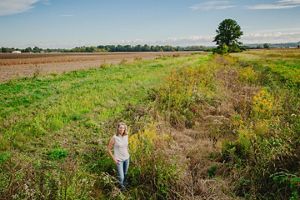
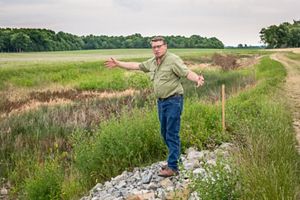

Controlled Drainage: Controlled drainage helps protect soils from erosion. © David Ike

Grassed Buffer Strip: Vegetated buffer strips help reduce nutrient runoff. © Xiaoqiang Liu

Riparian Buffer: Riparian buffers help protect water quality. © Xiaoqiang Liu

Praire Buffer: Prairie buffers help reduce nutrient runoff. © David Ike

Vegetated Buffer: Vegetated buffers filter water runoff from fields. © David Ike
Two-stage ditches, controlled drainage structures, phosphorus removal filters, cascading waterways, prairie strips and vegetative buffers are all examples of edge-of-field solutions. Strategically introducing one or more of these into a landscape can help farmers better withstand climate change-related impacts of flooding and drought and improve field conditions to support food production. This provides system-wide benefits. Edge-of-field practices help recharge waterways, reduce nutrient loss, protect the carbon stored in soil and create wildlife habitat.
Public Private Partnerships: Work with Trusted Farm Advisors
TNC is working with The Ohio State University and the Ohio 4R Nutrient Stewardship Council to create public-private partnerships between conservation professionals and 4R-certified agribusinesses. We work with farmers to conduct soil testing and identify farms with high phosphorus levels, which may be at a greater risk for nutrient loss. Our goal is to pair 4R nutrient stewardship with edge-of-field practices to manage and treat phosphorus before it leaves the farm.

At 13 study sites throughout the Western Lake Erie Basin, we are monitoring the performance of three types of edge-of field-treatments: nutrient reduction wetlands, controlled drainage structures and phosphorus removal filters. The 5-year project also involves social science research to understand the motivations of farmers and their advisors in addressing farm fields with high phosphorus levels. Through modeling, we hope to better understand these fields’ contributions to algal blooms in Lake Erie and work with agronomic advisors to help their customers identify a suite of solutions to reducing phosphorus loss.

Rebuilding Ohio’s Natural Infrastructure
Healthy natural areas support critical functions throughout the watershed. By restoring wetlands, floodplains and stream corridors in places that frequently flood or hold water, we can help naturally slow down and filter water before it enters our streams and rivers. A vast array of wildlife also depends on these areas, including birds, small mammals, reptiles and amphibians, and give back to us in many ways, from pollination and pest management to recreation.
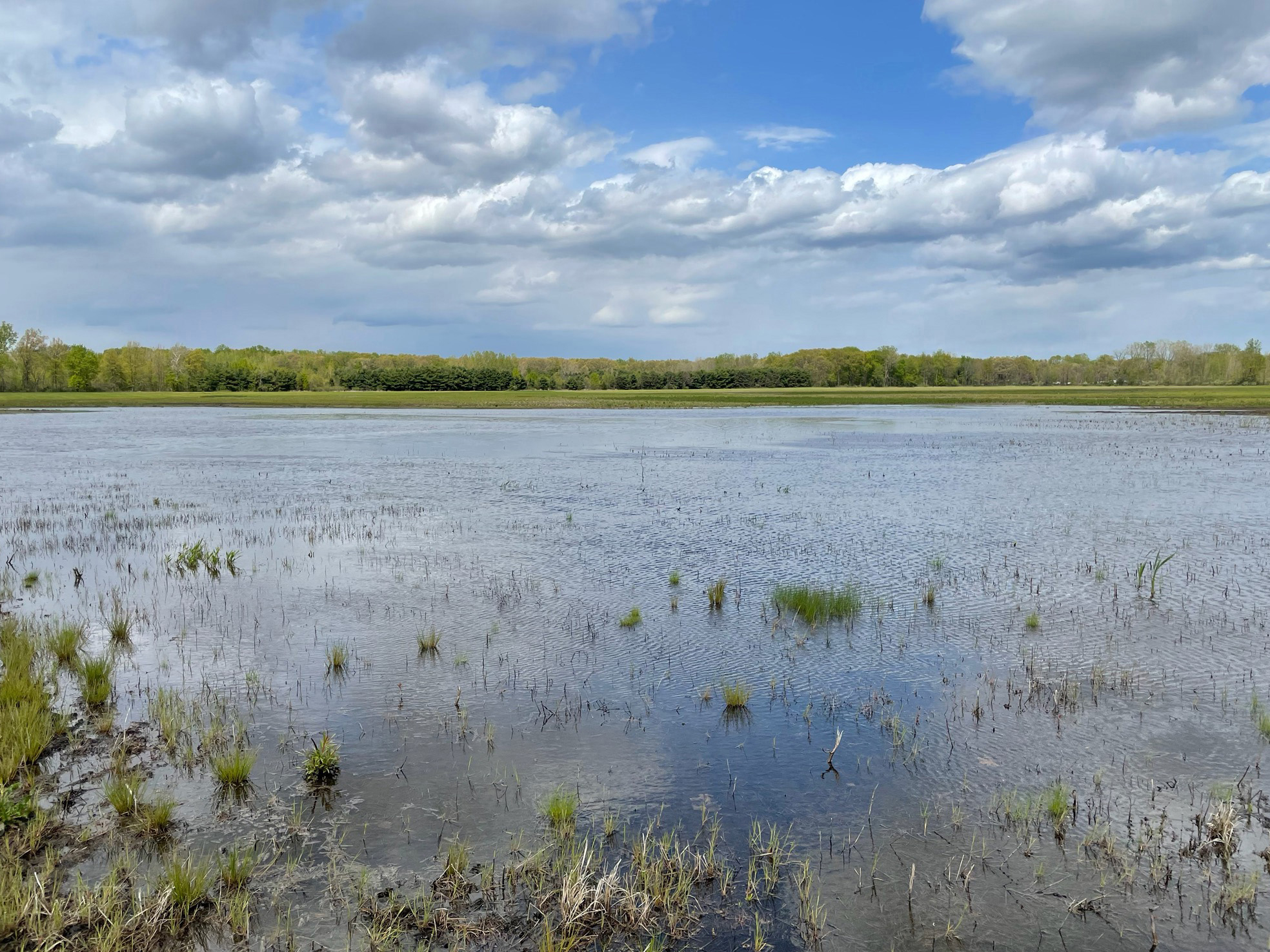
Sandhill Crane Restoration
In 2022, TNC restored nearly 300 acres of frequently flooded, marginal cropland in northwest Ohio. The land was replanted with emergent marsh, twig-rush wet prairie, oak savanna and sand barren communities—native habitats that characterize the Oak Openings Region. The restored area will reduce nutrient runoff into nearby streams and expand and connect natural areas that support an abundance of species, including sandhill cranes.
This exciting project is one of many that TNC and partners are implementing to restore 23,000 acres of wetlands, floodplains and stream corridors throughout Ohio. These nature-based solutions will not only help improve Ohio’s water quality but support a stunning array of biodiversity.
Supporting a More Equitable Food System
Importantly, TNC acknowledges that we need to build trust and address historical racism and inequities in agriculture as well as past harms caused by our actions. While we don’t have all the answers, we believe that we can begin by working in partnerships across all sectors of the food system to remove systemic barriers facing young and first-generation farmers and black, Indigenous and farmers of color.
Diversifying Our Food System
By raising funds, identifying and administering public and private grants, leveraging our access and relationships with policy and decision-makers and amplifying the work of others though marketing and communications, we are supporting partners to help stimulate systemic change throughout the food system.
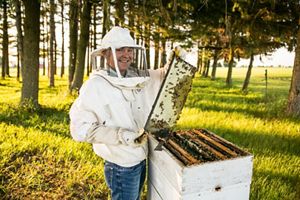

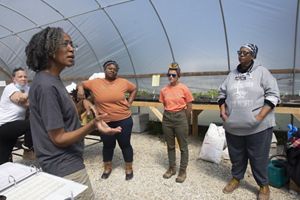
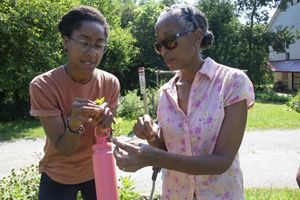


Farmer Brian Skinner: TNC is working with young and first-generation farmers. © David Ike

Supporting BIPOC Farmers: TNC is working with organizations like Agraria Center to support and amplify BIPOC farming communities. © Agraria Center

Agraria Center: Agraria is a nonprofit organization working toward bioregional regeneration. © Agraria Center

Agraria Farmers: Agraria Center is helping to uplift and support BIPOC farmers interested in regenerative agriculture. © Agraria Center

Farmer Ann Brandt: TNC is working with women in agriculture to amplify their work. © David Ike
Regenerative Farmer Fellowship Program
In 2021, TNC partnered with Agraria Center for Regenerative Practice and Central State University to launch an on-farm training program for small-scale, historically underserved growers. In its first year, the program trained six fellows using regenerative agriculture practices and building local business enterprises. The fellows represented both rural and urban growing sites, four being in areas considered food deserts by the USDA. TNC contributed to the partnership by securing public and private grant support to fund the program in its first year and support paid fellowships and program expansion in its second.
Quote: Tia Stuart (second from right)

We protect and steward what we love. Our programs help foster compassion, curiosity and trust with the natural world by giving participants time and space to fall in love with the outdoors.
Resources
-
Impact Summary
Read our 2023 impact summary. Read the Summary
-
Join us on Facebook
Join our Ohio TNC Agriculture Facebook group. Join the Group
-
Newsletters and Upcoming Events
View the latest edition of our soil health newsletter. View the Newsletter
-

Women in Agriculture
Check out our women in agriculture stories. Read the Stories
-
Work With Us
Collaborate with us on Lunch & Learns, continuing education, field days, events, expos and more! Contact Us
-
Case Studies
Request our case studies to learn more about sustainable agriculture practices. Contact Us

